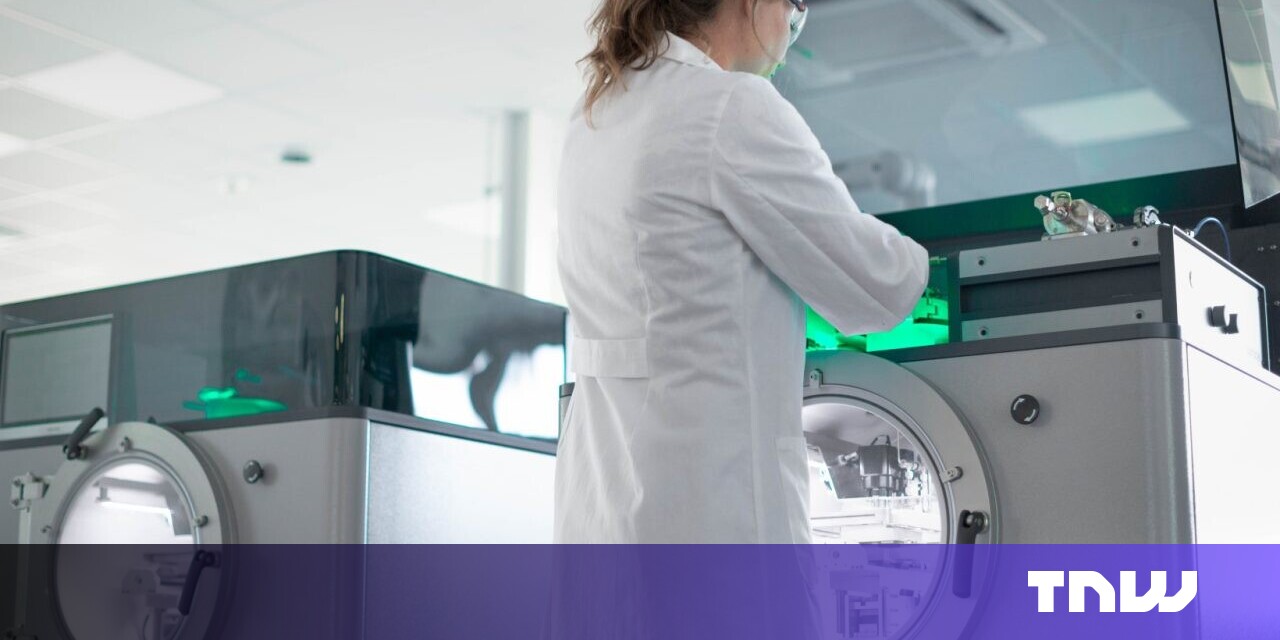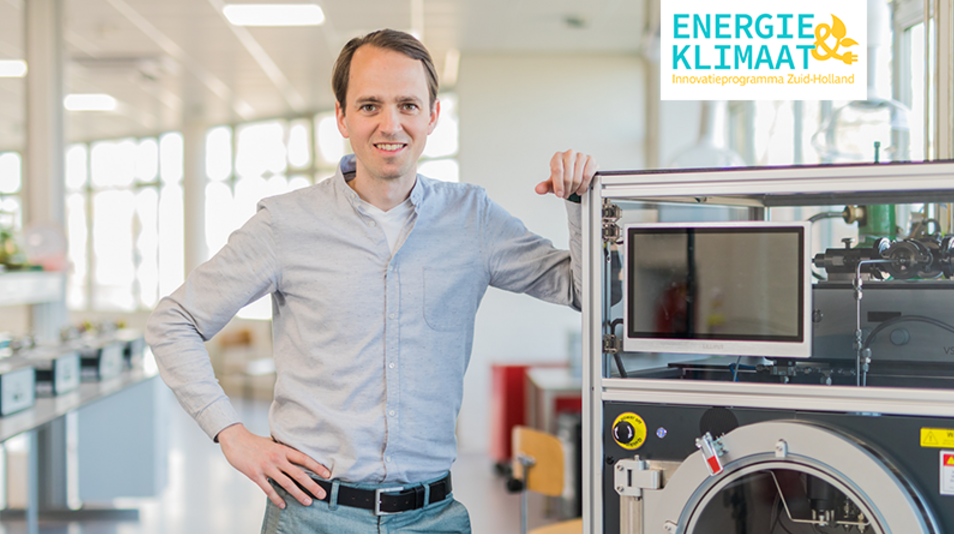
Humanity has always relied on a revolution in materials to advance to the next stage of civilisation. Dutch nanoparticle technology startup VSParticle says it is on the verge of opening up a century’s worth of material innovation in the next 10 years, helping, well, to save the planet.
Co-founder and CEO Aaike van Vugt is convinced that in order to reach our targets of keeping global warming well below 2°C, we need to speed up the process of material development significantly.
“The amount of material innovation that we need to unlock in the next decades to make the whole energy transition a reality is equal to what would normally be unlocked in 100 years,” van Vugt tells TNW. “What is very important is that we fundamentally change the process in which we are producing new materials.”
A TU Delft spinout founded in 2014, the company just secured €14.5 million in a funding round led by Plural. The money will be used to scale VSP’s nanoparticle technology that allows it to print new materials consisting of any combination of 64 different elements. The company says it is looking to first help solve crucial issues related to sustainability and energy transition.
Speeding up the green hydrogen economy
Specifically, VSParticle is looking at the development of catalyst coated membranes (CCMs). These are a crucial component in proton exchange membrane (PEM) electrolysis, a technology used for green hydrogen production. Furthermore, the company says its technology will accelerate the production of new gas sensors that could detect air pollution, but also early signs of illness from human breath.
In the case of CCM technology, it relies on using scarce and expensive metals such as platinum and iridium. However, VSP’s technology, which enables materials to be broken down to nanoparticles and then re-composed in different configurations, will help develop new material combinations incredibly quickly. This, the company says, will make it more affordable to scale production.
In turn, this will support the EU mission of producing 10 million tonnes of green hydrogen per year by 2030. In addition, this type of innovation could make the bloc less reliant on access to rare minerals from outside for things such as semiconductors, and avoid potential future conflicts related to raw materials.
A nanoparticle “big bang”
The basis for all of VSParticle’s products is the VSP-G1, a “table-top, user-friendly nanoparticle generator.” This features a plug-and-play electrode system that enables the user to quickly and easily change the material, and it is compatible with 62 different elements, including gold, zinc, copper, and palladium. Solid rods of the material to be processed are inserted into the system. Then, there is what van Vugt calls a “Big Bang.”
“An electrical spark creates a very localised, very intense hot plasma going up to 20,000 degrees Celsius. And this is basically breaking up the basic structure of the metal to the most preliminary form — the atoms,” van Vugt says. “So you get an evaporated cloud of this material and out of this evaporated cloud, we control the formation of these nanoparticles, which are our universal building blocks.”

These building blocks are then used by the VSP-P1 NanoPrinter. The machine, which ships to customers this year, functions similarly to a regular office inkjet printer. Except, it doesn’t use four basic colours to come up with an array of hues.
In a fully-automated process, it takes nanoparticles from any of the 64 different elements and combines them into entirely different materials. Essentially, you could put a million machines to work on developing new combinations, and they would just keep going.
Uncovering vast inorganic potential
VSParticle has already proven that it can reduce the material production and discovery cycle from months to only an hour. The technology bridges trial and error in the lab, production process optimisation and scaling towards mass production and its potential, according to van Vugt, is nothing short of monumental.
“With all the work we have done as human beings, we have only unlocked less than 1% of what is possible in the inorganic space. And what we are trying to do is to develop the best process — we call it our automated or self-driving lab — that is able to screen let’s say the other 99% of possibilities that haven’t been discovered so far.”
VSParticle has participated in MIT’s student venture accelerator DELTA V and is part of the Netherlands’ Techleap Pole Position cohort for deep tech startups. The latest funding round includes a €3.5 million grant from NXTGEN HIGHTECH, and brings the total amount raised by the company to €17 million.






